Filter by
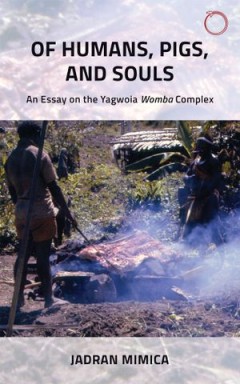
Of Humans, Pigs, and Souls : An Essay on the Yagwoia Womba Complex
For the Yagwoia-Angan people of Papua New Guinea womba is a malignant power with the potential to afflict any soul with cravings for pig meat and human flesh. Drawing on long-term research among the Yagwoia, and in an analysis informed by phenomenology and psychoanalysis, Jadran Mimica explores the womba complex in its local cultural-existential determinations and regional permutations. He atte…
- Edition
- -
- ISBN/ISSN
- 9781912808311
- Collation
- -
- Series Title
- -
- Call Number
- -
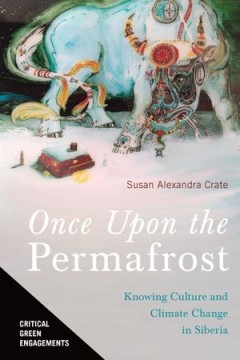
Once Upon the Permafrost : Knowing Culture and Climate Change in Siberia
Once Upon the Permafrost is a longitudinal climate ethnography about “knowing” a specific culture and the ecosystem that culture physically and spiritually depends on in the twenty-first-century context of climate change. The author, anthropologist Susan Alexandra Crate, has spent three decades working with Sakha, the Turkic-speaking horse and cattle agropastoralists of northeastern Siberia…
- Edition
- -
- ISBN/ISSN
- -
- Collation
- -
- Series Title
- -
- Call Number
- -

Animals and Inequality in the Ancient World
Animals and Inequality in the Ancient World explores the current trends in the social archaeology of human-animal relationships, focusing on the ways in which animals are used to structure, create, support, and even deconstruct social inequalities. The authors provide a global range of case studies from both New and Old World archaeology—royal Aztec dog burial, the monumental horse tombs of C…
- Edition
- -
- ISBN/ISSN
- -
- Collation
- -
- Series Title
- -
- Call Number
- -

Animal Rights Activism A Moral-Sociological Perspective on Social Movements
We’re in an era of ever increasing attention to animal rights, and activism around the issue is growing more widespread and prominent. In this volume, Kerstin Jacobsson and Jonas Lindblom use the animal rights movement in Sweden to offer the first analysis of social movements through the lens of Emile Durkheim’s sociology of morality. By positing social movements as essentially a moral phen…
- Edition
- -
- ISBN/ISSN
- 9789048525485
- Collation
- -
- Series Title
- -
- Call Number
- -

The Popular and the Sacred in Music
Music, as the form of art whose name derives from ancient myths, is often thought of as pure symbolic expression and associated with transcendence. Music is also a universal phenomenon and thus a profound marker of humanity. These features make music a sphere of activity where sacred and popular qualities intersect and amalgamate. In an era characterised by postsecular and postcolonial processe…
- Edition
- -
- ISBN/ISSN
- 9781000509465
- Collation
- -
- Series Title
- -
- Call Number
- 780
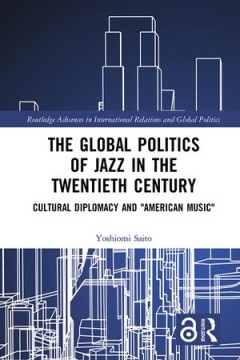
The Global Politics of Jazz in the Twentieth Century: Cultural Diplomacy and …
From the mid-1950s to the late 1970s, jazz was harnessed as America’s "sonic weapon" to promote an image to the world of a free and democratic America. Dizzy Gillespie, Dave Brubeck, Duke Ellington and other well-known jazz musicians were sent around the world – including to an array of Communist countries – as "jazz ambassadors" in order to mitigate the negative image associated with dom…
- Edition
- -
- ISBN/ISSN
- 9780429595363
- Collation
- -
- Series Title
- -
- Call Number
- 780

Nuaulu Religious Practices, The Frequency and Reproduction of Rituals in Molu…
How religious practices are reproduced has become a major theoretical issue.
- Edition
- -
- ISBN/ISSN
- 9789067183918
- Collation
- -
- Series Title
- -
- Call Number
- T 390 ELL n c

Nichtstun als politische Praxis, Literarische Reflexionen von Untätigkeit in…
In der Moderne gilt das Nichtstun gemeinhin als wertlos oder gefährlich.
- Edition
- -
- ISBN/ISSN
- 9783839457399
- Collation
- -
- Series Title
- -
- Call Number
- T 801.95 FRI n c
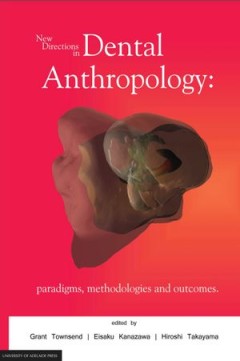
New Directions in Dental Anthropology, Paradigms, Methodologies and Outcomes
This book contains papers arising from a symposium held during a combined meeting of The International Union of Anthropological and Ethnological Sciences (IUAES),
- Edition
- -
- ISBN/ISSN
- 9780987171870
- Collation
- -
- Series Title
- -
- Call Number
- T 614.1 TAK n c
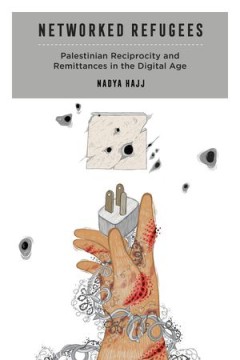
Networked Refugees, Palestinian Reciprocity and Remittances in the Digital Age
A free open access ebook is available upon publication. Learn more at www.luminosoa.org.
- Edition
- -
- ISBN/ISSN
- 0520383257, 9780520383258
- Collation
- -
- Series Title
- -
- Call Number
- T 305.906914 HAJ n c
 Computer Science, Information & General Works
Computer Science, Information & General Works  Philosophy & Psychology
Philosophy & Psychology  Religion
Religion  Social Sciences
Social Sciences  Language
Language  Pure Science
Pure Science  Applied Sciences
Applied Sciences  Art & Recreation
Art & Recreation  Literature
Literature  History & Geography
History & Geography